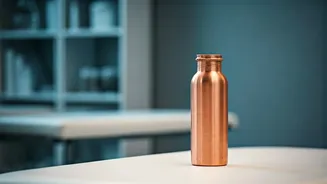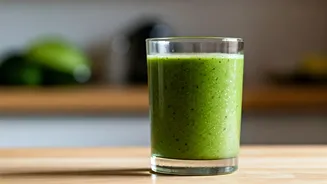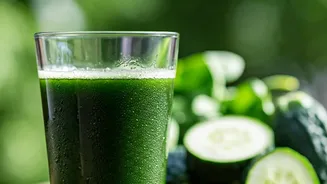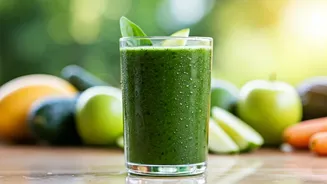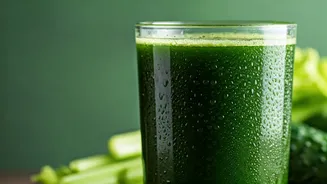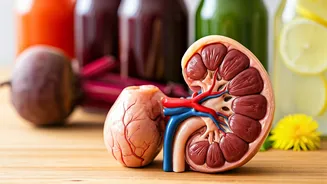The Popular Trend
The allure of copper water bottles is easy to understand, as people have eagerly embraced the trend, viewing it almost as a source of precious liquid.
However, behind the hype lies a more complex reality. Copper, a metal, requires only trace amounts within the human body to function properly. When intake exceeds these minimal levels, it can trigger adverse effects, akin to a gradual escalation of potential harm.
Excess Copper Concerns
Excessive copper exposure, particularly from continuous copper bottle usage, poses threats to the liver. Over time, individuals might experience a buildup of copper, leading to a range of unpleasant symptoms. These symptoms can include nausea, abdominal pain, and fatigue. In more severe cases, prolonged high copper levels can result in liver damage. This emphasizes that consuming too much copper undermines the very wellness goals many aim for.
Metal Leaching Explained
Another issue is metal leaching. When water remains in a copper bottle for prolonged durations, particularly if the water is acidic or warm, it triggers a reaction with the metal. This causes copper ions to seep into the water. The longer the water sits, the more copper it absorbs. Thus, the consumer ends up taking in water essentially infused with metal at a micro-dose level, which is far from ideal.
Who Should Be Wary?
Individuals dealing with existing liver or kidney issues should exhibit extra caution. Their bodies often find it challenging to process an overabundance of metals, so even moderate copper intake could instigate problems. The recommended daily intake of copper for adults is approximately 0.9 mg. This is a very small amount. A balanced diet naturally provides sufficient copper through sources like nuts, lentils, seeds, seafood, and dark chocolate. Overdoing copper water in addition to dietary intake could lead to excessive levels in the system. Studies have even found links between high copper levels and oxidative stress, which ironically contradicts the antioxidant benefits that are often claimed.
Using Copper Wisely
Fortunately, you don't need to discard your copper bottle. You just need to use it right. For safety and maximum benefit, begin by using it once per day. Store water overnight, for a maximum of 6-8 hours, and consume this first thing in the morning. Then, switch to glass or stainless steel for the remainder of the day. Avoid storing acidic liquids like lemon water or juices in copper bottles, as acidity speeds up metal leaching. Additionally, perform regular cleaning, avoiding harsh soaps. Instead, use lemon and salt or tamarind pulp to gently cleanse it once a week. If the bottle appears too dark or patchy, this signals oxidation, requiring a deep clean or replacement.
